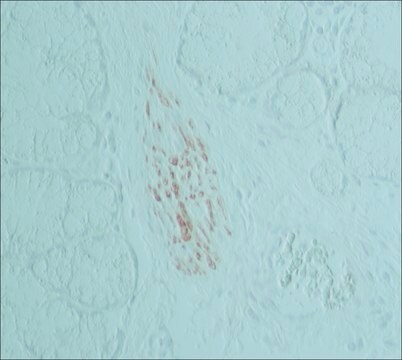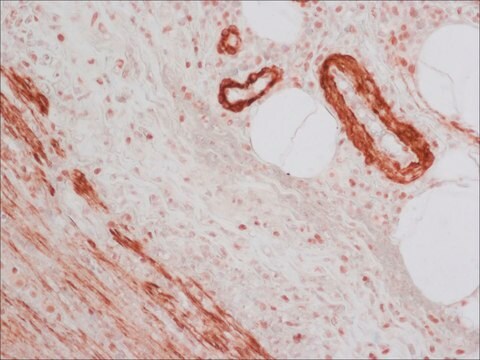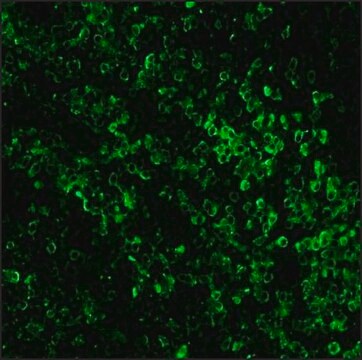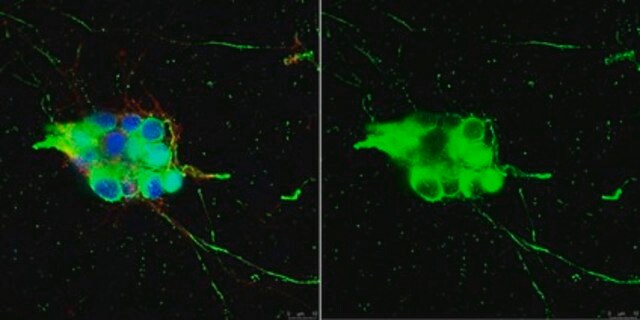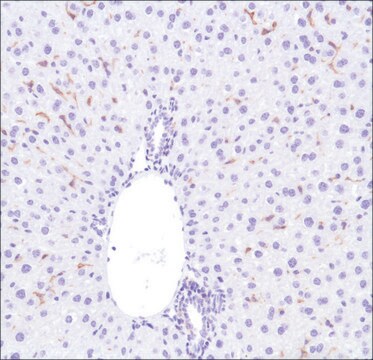C0678
Monoclonal Anti-HNK-1/N-CAM (CD57) antibody produced in mouse
clone VC1.1, ascites fluid, buffered aqueous solution
Synonym(s):
Monoclonal Anti-HNK-1, Anti-CD57, Anti-N-CAM
About This Item
Recommended Products
biological source
mouse
Quality Level
conjugate
unconjugated
antibody form
ascites fluid
antibody product type
primary antibodies
clone
VC1.1, monoclonal
form
buffered aqueous solution
contains
15 mM sodium azide
species reactivity
mouse, rat, feline, human
technique(s)
western blot: 1:4,000 using cerebral cortex extract
isotype
IgM
UniProt accession no.
shipped in
dry ice
storage temp.
−20°C
target post-translational modification
unmodified
Gene Information
human ... B3GAT1(27087)
mouse ... B3gat1(76898)
rat ... B3gat1(117108)
Looking for similar products? Visit Product Comparison Guide
General description
Specificity
5th Workshop: code no. NK 67
Immunogen
Application
Immunohistochemistry (1 paper)
- as primary antibody for western blot analysis
- immunocytochemistry
- immunocytochemical
- immunohistological staining
Biochem/physiol Actions
Target description
Disclaimer
Not finding the right product?
Try our Product Selector Tool.
Storage Class Code
10 - Combustible liquids
WGK
WGK 3
Flash Point(F)
Not applicable
Flash Point(C)
Not applicable
Choose from one of the most recent versions:
Already Own This Product?
Find documentation for the products that you have recently purchased in the Document Library.
Our team of scientists has experience in all areas of research including Life Science, Material Science, Chemical Synthesis, Chromatography, Analytical and many others.
Contact Technical Service